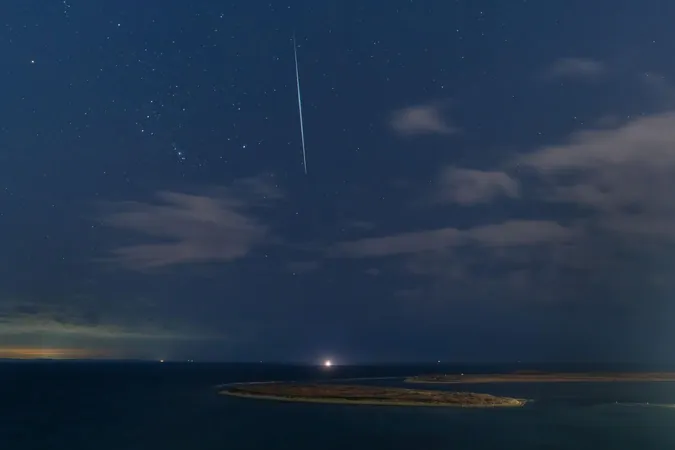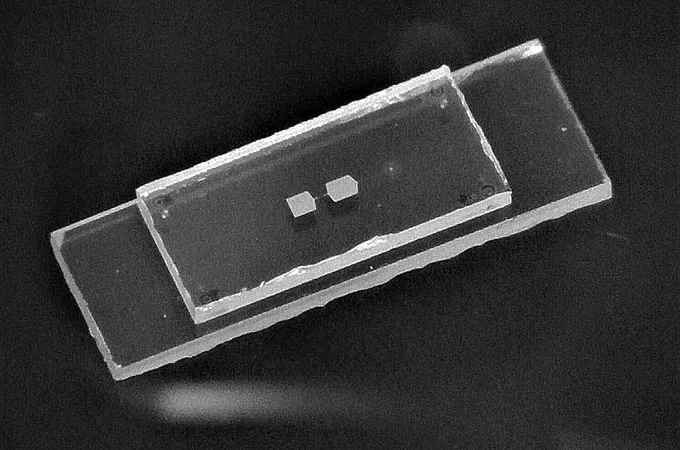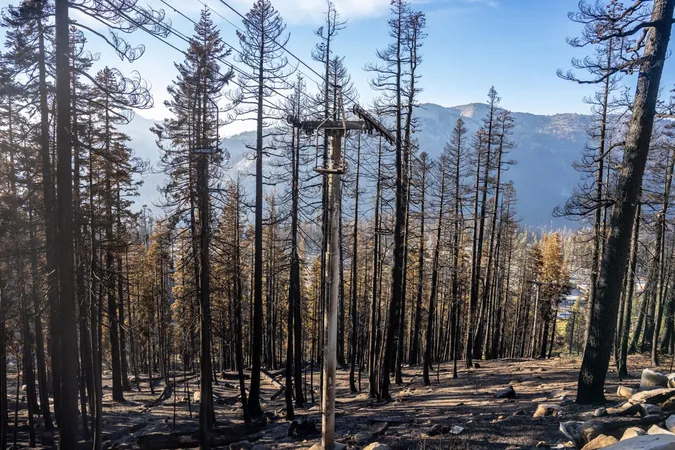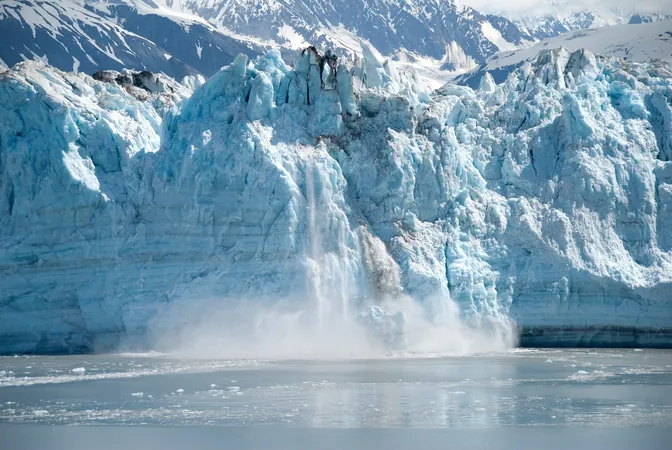
Get Ready for the Spectacular Leonid Meteor Shower 2024: A Celestial Show Not to Be Missed!
2024-11-15
Author: Michael
This November, prepare for an astronomical spectacle as Earth traverses a dust cloud left behind by the infamous Comet 55P/Tempel-Tuttle, giving rise to one of the most anticipated celestial events of the year—the Leonid meteor shower. Often leading to breathtaking “meteor storms,” this annual event promises an awe-inspiring display of "shooting stars."
Key Dates for the Leonid Meteor Shower 2024
Mark your calendars! The Leonid meteor shower runs from November 3 to December 2, with the peak activity expected on Sunday, November 17, continuing into the early hours of Monday, November 18. While the peak night is the highlight, keep your eyes on the sky in the nights surrounding the peak date for additional chances to witness this cosmic phenomenon.
Optimal Viewing Times for the Best Experience
For those eager to catch a glimpse of these dazzling shooting stars, the prime time to observe is after midnight. This is when Earth is positioned perfectly to move directly into the meteor stream, maximizing your viewing opportunities. Expect to see around 15 meteors per hour under ideal conditions, although a nearly full moon may dim the visibility of some meteors, so planning for a location away from city lights is recommended for the best experience.
Understanding the Science Behind the Leonids
Ever wondered what causes a meteor shower? A "shooting star" is observed when tiny dust particles collide with Earth’s atmosphere, igniting in a brilliant flash of light as they burn up at incredible speeds. The Leonids, in particular, are known for their rapid meteors, traveling at a blistering 44 miles per second, often leaving behind vivid trails.
The Leonid meteor shower derives its name from the constellation Leo, as the meteors appear to emanate from this section of the night sky. Interestingly, unlike many meteor showers that are restricted to the Northern or Southern Hemispheres, the Leonids can be viewed from either hemisphere, allowing more stargazers around the world to partake in this marvelous event.
A Glimpse into the Future
The next major display of the Leonid meteor shower will occur in 2031 when Comet 55P/Tempel-Tuttle makes its triumphant return, potentially showering viewers with as many as 100 meteors per hour! Until then, the upcoming display this November is sure to enchant stargazers and astronomy enthusiasts alike.
So, gather your friends, pack some hot cocoa, and prepare to be mesmerized by the celestial wonders of the Leonid meteor shower this weekend. Wishing you clear skies and a magical night filled with shooting stars!









 Brasil (PT)
Brasil (PT)
 Canada (EN)
Canada (EN)
 Chile (ES)
Chile (ES)
 España (ES)
España (ES)
 France (FR)
France (FR)
 Hong Kong (EN)
Hong Kong (EN)
 Italia (IT)
Italia (IT)
 日本 (JA)
日本 (JA)
 Magyarország (HU)
Magyarország (HU)
 Norge (NO)
Norge (NO)
 Polska (PL)
Polska (PL)
 Schweiz (DE)
Schweiz (DE)
 Singapore (EN)
Singapore (EN)
 Sverige (SV)
Sverige (SV)
 Suomi (FI)
Suomi (FI)
 Türkiye (TR)
Türkiye (TR)